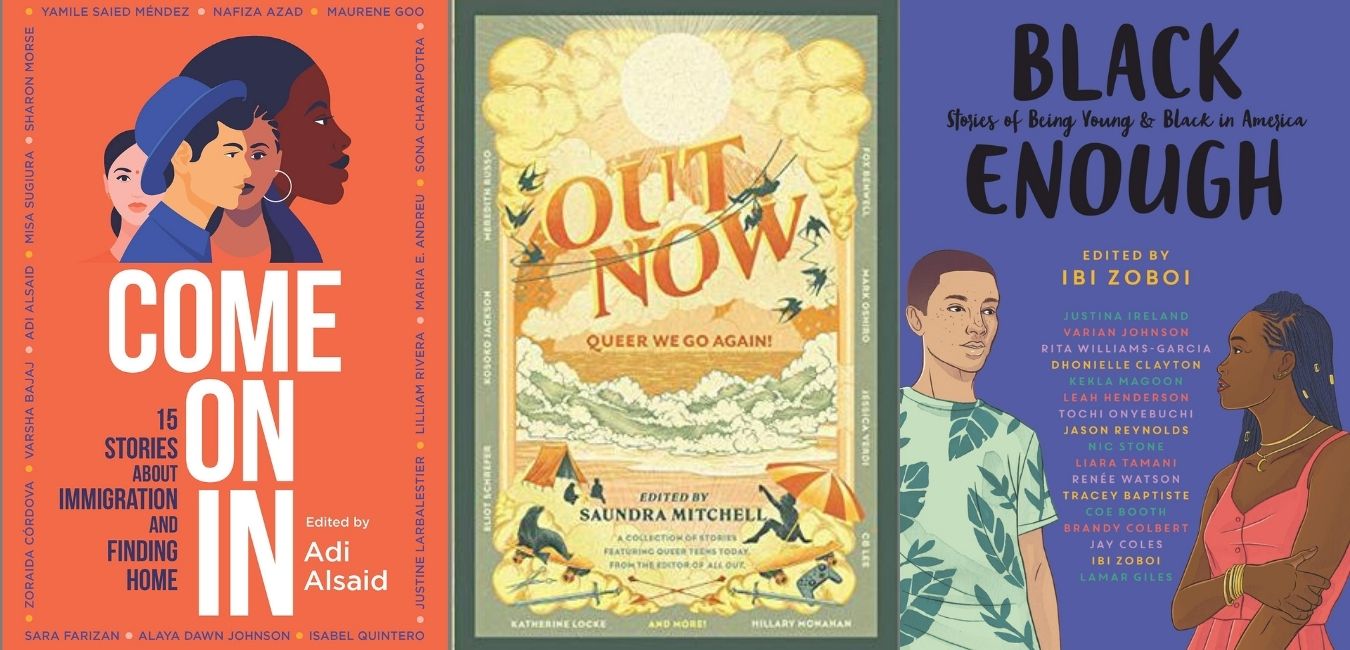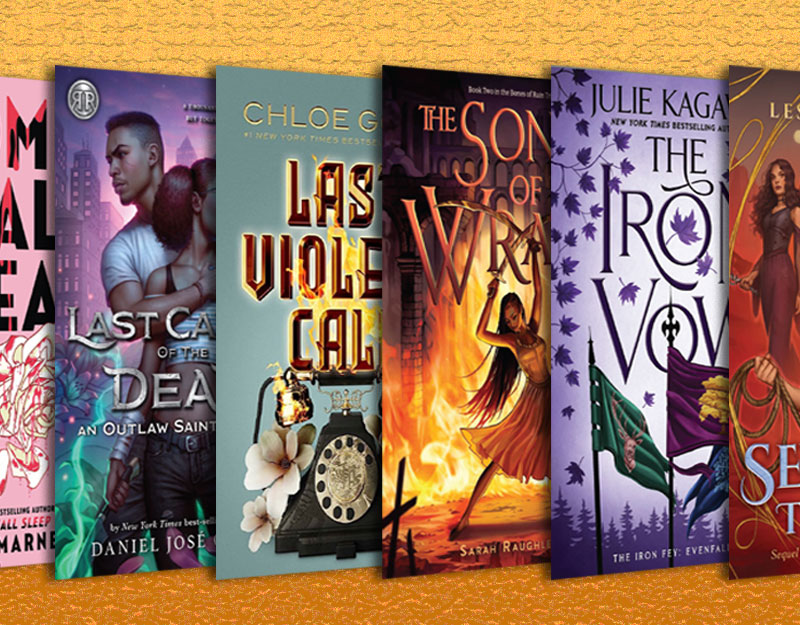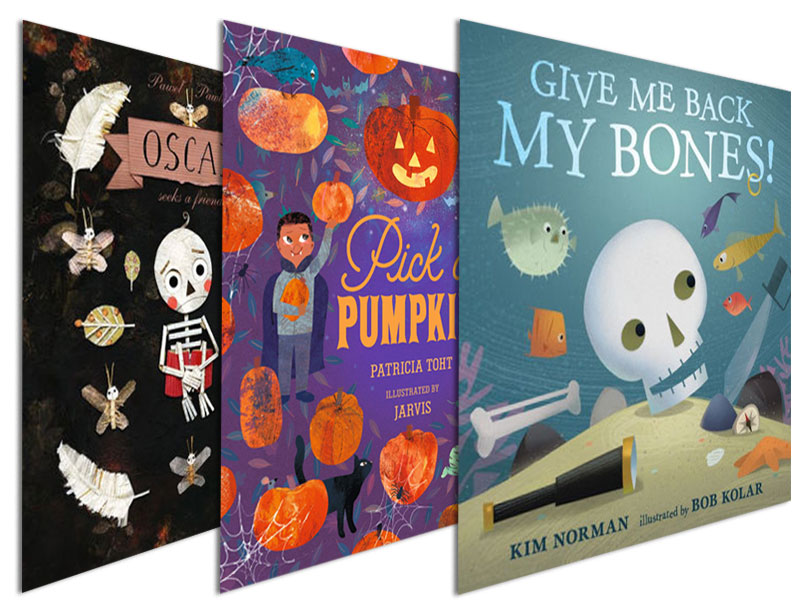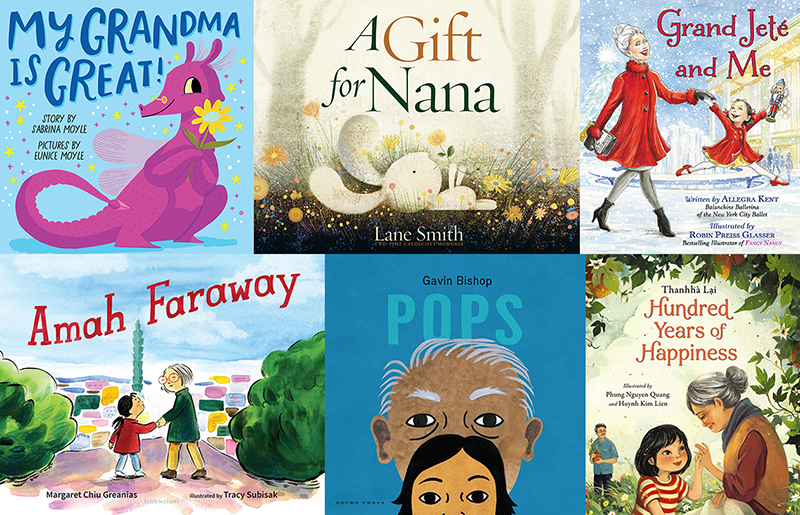A Splash of Red: The Life and Art of Horace Pippin
Written by Jen Bryant, Illustrated by Melissa Sweet
Published by Alfred A. Knopf
ISBN: 978-0-375-86712-5
Grades 1-5
- Theme Study: Perseverance. Read aloud A Splash of Red to the whole class, and have students identify moments in the text where Horace shows the determination to create despite great challenges. Consider having students create timelines of Pippin’s life. Where are there moments of great struggle? Where are there moments of success? In what ways do other people in his life impact his journey as an artist? Create a duet text set by comparing how Pippin demonstrates perseverance with how Helen Keller does in her life using Annie and Helen and Helen’s Big World. Using both the words and the illustrations, support students to closely read and provide text evidence for their ideas. Then, have students think about their own lives. When have they persevered? What were their obstacles? How did they overcome them? Who supported them?
- Words to Live By. Throughout the story there are quotes by Horace Pippin. They are also sourced in the back of the book:
- “Pictures just come to my mind…and I tell my heart to go ahead.”
- “I can never forget suffering and I will never forget sunset. I came home with all of it in my mind.”
- “If a man knows nothing but hard times, he will paint them, for he must be true to himself.”
- “I go over that picture in my mind several times and when I am ready to paint it, I have all the details I need.”
- The Power of Pictures. This book has powerful pictures about an artist whose work had powerful messages. As such, this book invites us to illustration study. First, have students choose one of the illustrations in the story to closely read. When we closely read, we reread with purpose. Begin by having students describe what’s happening in the picture. Then, have students reread for what is important in the picture. What is the artist centering and for what reasons? Finally, have students reread for interpretation. Encourage students to notice the illustrators’ techniques. What choices did Melissa Sweet make about colors, lines, and the space of the page? How do her choices add to the story and convey an idea about Horace Pippin? After closely reading the images in the text, have students closely read one of Horace Pippin’s paintings using the same process (gist, importance, interpretation). What do they notice about the subjects he paints, what he centers, and how he uses colors, lines, and the space of the canvas? The book is titled A Splash of Red. Where do we see red in Pippin’s work? What impact does it make?
- Thinking in Pictures. As he walked the streets of his hometown, Pippin drew the colors and textures he saw: lacy white curtains, red geraniums, a yellow cat sprinting down an alley, green vines spiraling up a wall. Take a walk around the neighborhood with your students. Give them colored pencils, drawing paper, and clipboards and have them use drawings and words to capture the colors and textures that pop out at them. Then, have them share their thinking about what they captured. Where do they find beauty in their walk? Use the prompt I observe to help them write about their close observations of the world.
- Living the Life of a Researcher. When collaborating to write and illustrate the book, Jen Bryant and Melissa Sweet researched the life and art of Horace Pippin together. They drove through the back roads of eastern Pennsylvania where he was from. They spoke to curators who knew his work. They looked at his paintings and burnt-wood panels and visited his home. Support students to consider topics they are interested in and want to research within their own local communities. Help them brainstorm topics. Are there historical figures from their home area? Are there local leaders (both official and unofficial) within the community they can research and write about? Where can you go to find out more? Who can you talk to? How do your students want to share their research with the world? With K-3 classrooms this is often done best as a shared research project. With upper elementary school students, you may be able to then support them with individual or paired research projects.
- Picture Book Biographies of Artists. Form small groups of students to read about the lives of particular artists in a collaborative artist study. Gather together a collection of picture book biographies of artists such as Dave, the Potter, Marceau and Matisse, and Georgia O’Keefe (see the listing in our entry on Diego Rivera: His World and Ours and the text suggestions below for further suggestions). Read the books with your students and closely examine the choices that the biographers have made about text and illustration. Which aspects of their subjects’ lives have the authors and illustrators chosen to highlight? Do they focus more on the childhood or adult life of the artist? How are the artists’ mentors, inspirations, commitments, and styles presented? When examining the illustrations, discuss how the art of the picture book biography enhances the readers’ understandings of the artists’ lives and work. You might find it particularly interesting to note how the artists’ works are depicted in the book. Are they reproductions of the actual works or are they illustrators’ representations? Support students to draw, paint, or photograph in the style of their favorite artist from your shared study.
- Author/Illustrator Study: The author/illustrator relationship can be a powerful one. The author has to trust the illustrator to tell their story in pictures. Jen Bryant and Melissa Sweet have worked together and separately to create some of the most compelling contemporary picture books in the last few years. Conduct an author/illustrator study of their work. Compare and contrast the books they have created together with books they have created with others. Students could work in pairs to become author/illustrator partners and create a shared story. How does their collaboration create something better than what they could have created alone?
- Complexity of War. Horace decides at the start of World War I that he would serve his country and fight in France. In the book we see images of war such as the American flag, a fighter plane, bombs firing, barbed wire fences, and Pippin getting shot. Have students discuss how war impacted Pippin’s life trajectory. There are several other picture books on the topic of war that help students build an understanding of the complexity of war from multiple perspectives. My Big Brother by Miriam Cohen tells the story of a big brother going off to war to pay for college. When the Horses Ride By by Eloise Greenfield is a collection of poems about different wars over time and their impact on the lives of children. The Librarian of Basra by Jeanette Winters tells the story of a librarian in Iraq who saves thousands of books from being destroyed during the Iraq War. Reading across these books, have students explain the point of view the author has taken on the topic of war. Whose story is told? What is their perspective of war? How does war impact each of the characters’ life trajectories? Reading across these books, what are the multiple perspectives people have about war based on their lived experience?
- Diversity in the Art World. Horace Pippin was an African American artist. When we survey famous works of art, we do not see many artists of color or representations of people of color. Consider as part of an artist study having students problematize the lack of diversity in famous works of art. Consider building a collection of books about artists of color to highlight the important works of artists from various races, ethnicities, and genders. In addition, Horace Pippin is considered a “folk” or “naïve” artist which both elevated and segregated his work. Consider having students research how works of art are categorized and valued in different ways by viewing works of art online from different cultural institutions such as The American Folk Art Museum and The Metropolitan Museum of Art.
Jen Bryant’s website:
Melissa Sweet’s website:
Books
Venezia, M. Getting to Know the World’s Greatest Artists series.
ADVERTISEMENT
ADVERTISEMENT
Waldman, N. (1999). The Starry Night. Honesdale, PA: Caroline House.
Filed under: Biography & Memoirs, Nonfiction Picture Books, Picture Books
About Katie Cunningham
Katie is a Professor of Literacy and English Education at Manhattanville College. There she is also the Director of the Advanced Certificate Program in Social and Emotional Learning and Whole Child Education. Her work focuses on children’s literature, joyful literacy methods, and literacy leadership. Katie is the author of Story: Still the Heart of Literacy Learning and co-author of Literacy Leadership in Changing Schools. Her book Start with Joy: Designing Literacy Learning for Student Happiness will be released September 2019. She is passionate about the power of stories to transform lives.
ADVERTISEMENT
ADVERTISEMENT
SLJ Blog Network
2024 Books from Pura Belpré Winners
In Memorium: The Great Étienne Delessert Passes Away
Winnie-The-Pooh | Review
Parsing Religion in Public Schools
Finding My Own Team Canteen, a cover reveal and guest post by Amalie Jahn
ADVERTISEMENT








Wow – Katie, I arrive here through the new GROG blog coordinator & school librarian, Todd Burleson.
Your review/visit/lesson for Jen & Melissa's fabulous biography is nothing short of spectacular. Thank you.
Jan Godown Annino
Bookseedstudio